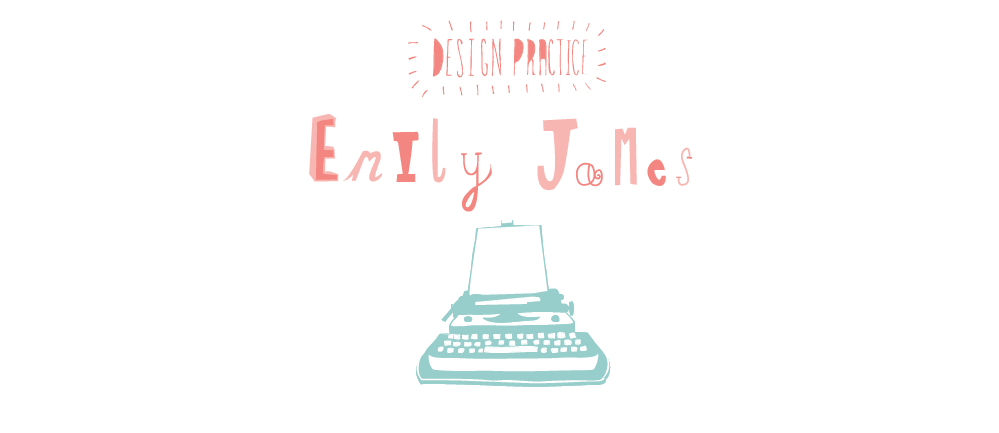Va de graaf
- A gridded page is like scaffolding for a building
- It is a structure that elements can be organised
- The canon is a historical reconstruction method that may have been used in book design to divide a page in pleasing proportions
- The cannon is also known as the 'secret cannon'
- The construction of Van De Graaf's canon works for any page width: height ratio.
Jan Tschichold's canon of medieval manuscript layout with 2:3 pages and text area 1:phi and margins 1:1:2:3, approximately. Created by modifying Jossi's Image:Medieval manuscript framework. On the right is Octavo format.
Using Indesign, creating a canon
Making a grid
Leading
- column width is more than just design or format.
- It is also based on legibility.
- Printed collateral (text) is read by the eye of a distnce of 30-35cm.
- According to empirical rule there should be 7 lines per line for a text of any length.
- Overlong text lines tire the eye, as does short lines.
- Readers find overlong lines strenuous to read.
- This is because too much energy is spent keeping the horizontal line in sight over long distance.
- Wrong column widths leas to a waste of time and energy.
- The key is ease of reading.
- The text must not impair the rhythm of the reading.
Margin proportions
- Influence that overall feel of the page.
- Too small- looks over full.
- Too large- Exaggeration.
- Well balanced margins on the side, head and tail can create an agreeable impression.







No comments:
Post a Comment